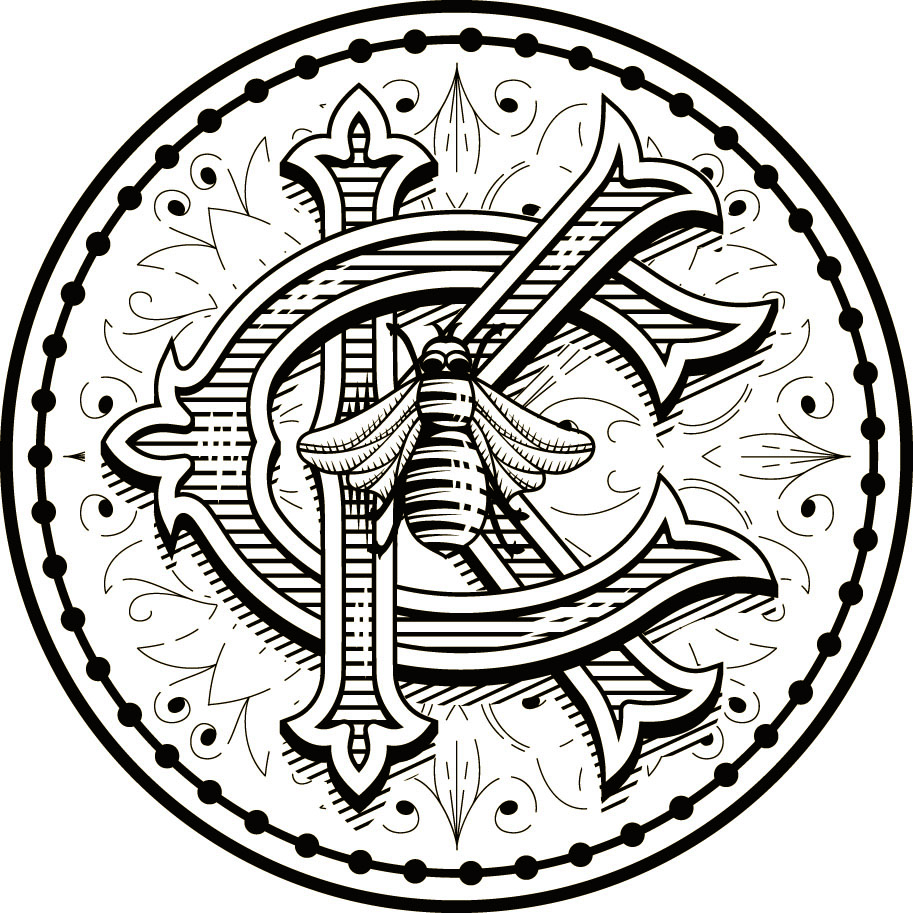My Approach to the Creative Process
I have learned that creative thinking is the art of balancing ideas. It involves gathering and assessing information that should represent a multitude of vantage points, formulating ideas clearly in relationship to all relevant information, evaluating ideas with flexibility and an open mind, and to be able to communicate ideas sensitively and effectively with others.
My approach to creating collections often is a simple start with something like a an inspiring pattern or photo or sometimes even just a color. I begin with what I call a large ʻdart boardʼ. A blank canvas where I begin to add things that I believe belong together, whether because of color, texture or
There are many phases of editing. I contemplate the place, who lives here, what kinds of things do they like or live with. Perhaps itʼs like being an actress. I become and sense an actual person. Meanwhile I keep adding or taking away until the mix tells a new story and completes a convincing theme.
Each storyboard needs to tell a story very separate from the other, of a person, couple or family that lives in a particular place. All the storyboards have to have a reason to exist, to stand on their own and not cancel each other out in any way by potentially splitting sales. This takes thoughtful editing.
Making it Real
I encourage feedback and this leads to many phases of editing. The purpose, frames of reference and orientations begin to emerge as I contemplate the place. Who lives here, what kinds of things do they like or live with? Perhaps it is like being an actress. I become and sense an actual person.
Throughout this process there should be a continued dialogue between creative, sales and marketing teams. Intelligent reflection about how the strategies and storyboards develop their purpose should unfold in a fair working environment. The result should be clarity based on the problems and purpose of the work that will lead to an ability to constantly analyze and assess. The storyboards continue to be a focal point during all
stages of development from product design, showroom set up, and retail installation to keep the particular points of view on track.
Expertise in Product Production
When directing teams of Product and Design Managers and Artists, I like to accessible and have an “open door policy”. This keeps a constant exchange and developments can progress efficiently. Regular meetings are important to inspire and motivate the teams as well as to review purpose, schedules and deadlines. These meetings are also vital so the team knows what the other members are doing to keep consistency of each theme throughout executing details.
